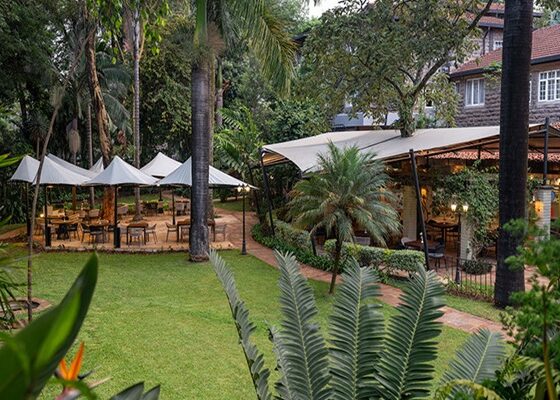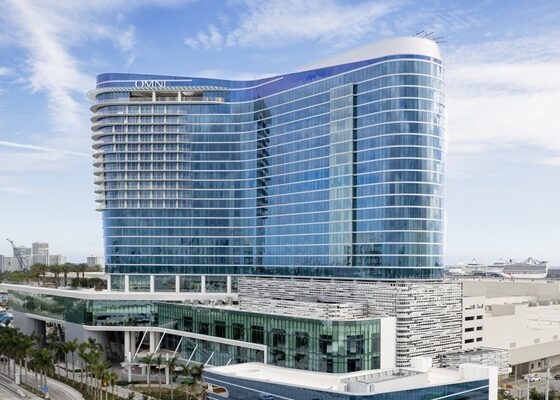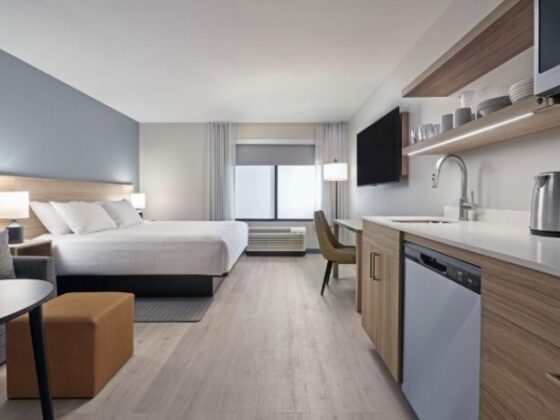In the luxury world, one can either be a brand within a powerful large group or choose to be smaller but more focused. Where does your preference lie?
I participate in conferences where I am surrounded by brands with 600 properties under management or franchise. To date, at Kempinski, across all management models, we have 79 properties carrying my brand. There is indeed a choice between volume and attentive management. Kempinski has chosen to focus on luxury and quality with the objective to maintain a clear brand. This strategy was presented to the board of directors last December and was approved. My main focus is on elevating the level of the brand.
Will the necessary development for the company be supported by partnerships, such as the one recently concluded with the Chinese group BTG Homeinns?
This partnership is very specific to the Chinese market. Beijing Tourism Group has been a long-standing partner with significant ambitions in terms of volume, aiming to reach 10,000 properties in the coming years, with a desire to be present in the luxury segment as well. However, it is not about using Kempinski as a support for their volume growth in luxury. The idea is rather to reassess the inventory of our dozen hotels in China, with the goal of maintaining high-quality standards.
We have agreed to jointly develop a new brand, for which we will provide the design and support, aiming for a very strong growth with 200 hotels planned within the next five years.
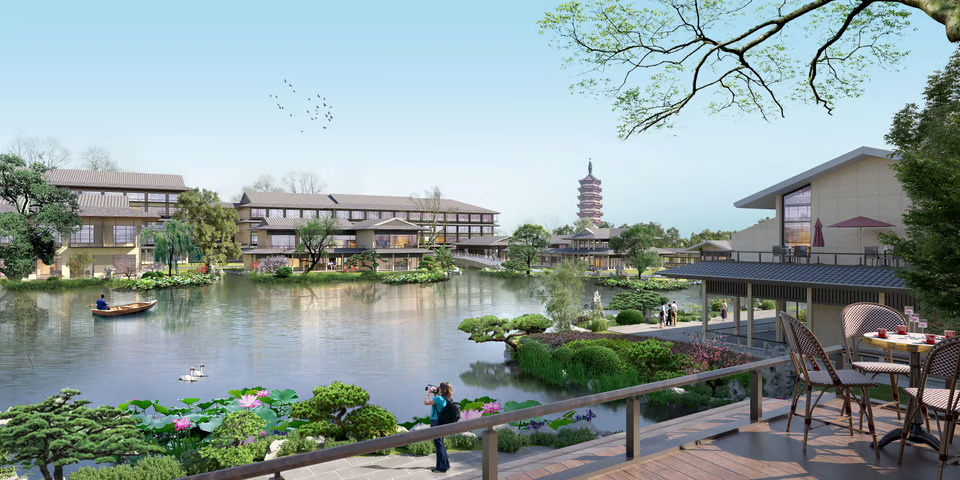
Is this the justification for the creation of the joint NUO brand?
As we are concentrating on luxury and quality with the Kempinski brand, NUO is another aspect of our partnership. It is BTG’s new luxury brand, to which we bring our expertise NUO which we manage. We will develop also another brand, Bristoria, for the upper premium segment. We launched this brand recently, and it is in the testing phase, with the first 300-room property opening in Yangzhou later this year Thirdly, we agreed to launch a new lifestyle brand with the aim of reaching 200 hotels in 5 years with BTG to support the growth. In China, with the new brand we will actually offer franchise opportunities.
Could this model be replicated on another continent with a partner as powerful as BTG Homeinns?
This partnership is unique to China, which has a need for growth, but our strategy is different in the rest of the world. It is essential for us to focus on quality and control our openings one by one. We have no plans for anything other than management contracts, and never franchising.
So, world domination is not on the agenda…
Our strategic priority for the next three years is to strengthen our footprint in Europe. We still lack presence in several European capitals. We have even pulled back from our historical base in Germany, and we need to reinforce our roots there. The second priority is to expand our resort portfolio, which is still insufficient to retain our loyal customers within our ecosystem. The final strategic point is to maintain and develop in the already strong regions of the Middle East and Southeast Asia.
In the not-so-distant past, Kempinski was proud of being a somewhat “adventurous” group, not hesitating to venture into exotic destinations like Africa, Central Asia, or even a project in North Korea. Is that still a characteristic of your strategy?
It’s true that this part of the brand’s DNA has often been a pioneer in introducing luxury to new destinations. One can only work on the future if they draw inspiration from the past and its heritage. It’s a dimension of Kempinski that I do not want to erase at all.
One can only work on the future if they draw inspiration from the past and its heritage. The pioneer DNA is a dimension of Kempinski that I do not want to erase at all.
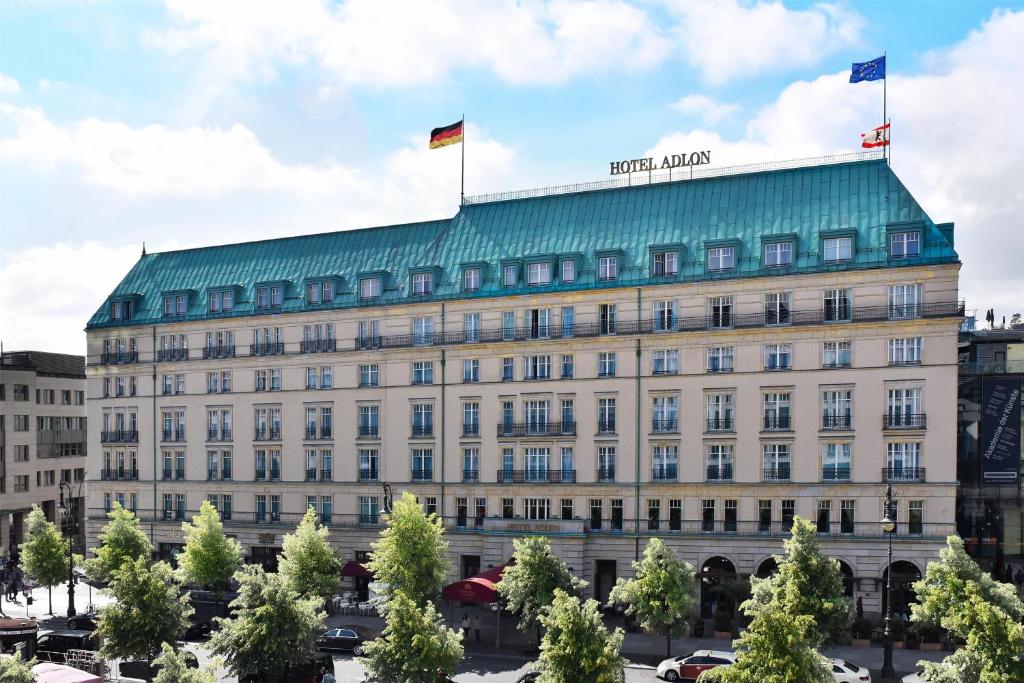
Would you be open to venturing into emerging destinations?
The big advantage of a private, single-brand company compared to those that must answer to financial markets is the greater agility within a 10- or 20-year plan. Public companies must execute short-term plans with immediate results. For us, it’s about not losing those pioneering roots. You mentioned Central Asia, and if I find the right locations, I would love to have a hotel in the “five Stan” countries (Kazakhstan, Kyrgyzstan, Uzbekistan, Tajikistan, Turkmenistan). It would fit perfectly with our image, but we must seize the right opportunities that can turn into luxury hotels.
For the record, among the upcoming openings, we will soon have a Kempinski Residences in Baku, Azerbaijan, with about 37 private residences, and we have an advanced resort project in the Transylvanian mountains in Romania.
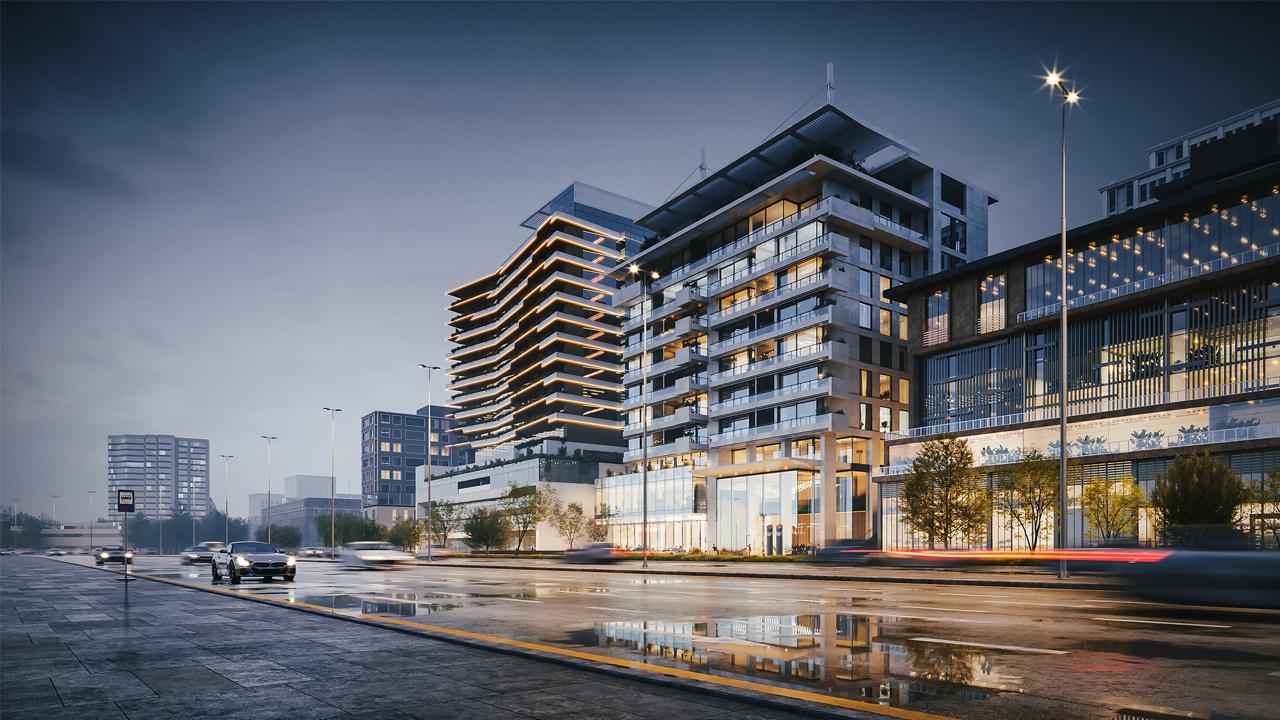
Since a few years ago, your sole private owner is a royal family of the Middle-East, which also owns luxury hotel assets. Is it conceivable that they entrust you with managing one of their hotels under the Kempinski brand?
That is at the discretion of our shareholders. I won’t hide that the day I receive a call from the royal family representatives to entrust me with a hotel that isn’t yet Kempinski, it will be a great satisfaction.
Are you not trying to be proactive and make proposals?
To be very frank, it’s our results that will have to speak for themselves. I hope and believe that the work we are currently doing on the brand will provoke that kind of result.
This suggests that you still need to prove yourself in the position you’ve held for a year…
I’m the sixth CEO in a few years. We’ve gone through a delicate period, and the change of shareholders (from the Thai royal family to the middle-eastern royal family) didn’t help maintain a consistent strategy. This is part of the normal life of companies. When ownership changes, management changes as well. If it happens too often, it’s not the best stability we can offer the company. I have the privilege of being at the helm of the group today. My discussions with the shareholders and our chairman have led to a very clear and stable vision for the company. After a year in office, “so far so good,” as our American friends would say.
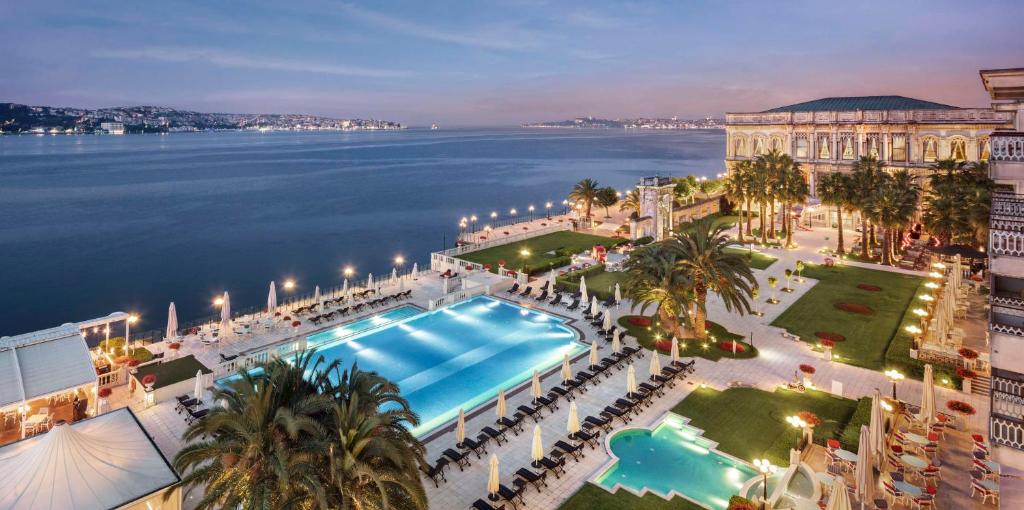
Having your two decision-making centers now based in Switzerland and Dubai—does this signal a new regional balance?
In my view, it is crucial to have a solid presence in both regions: Europe, because it’s our roots and where we work with many institutional partners, and the Middle East, to be close to our shareholders. This is strategically very important.
In previous announcements about your future developments, there was a project announced by the developer Fondimmo in Cap d’Ail, near Monaco. What is the status of this project?
We were indeed involved in this project with the Kempinski brand, but it seems to be on hold, and I don’t have any further information about its future. This is part of the uncertainties of development when some partnerships initiated don’t go through to completion.

![]()



